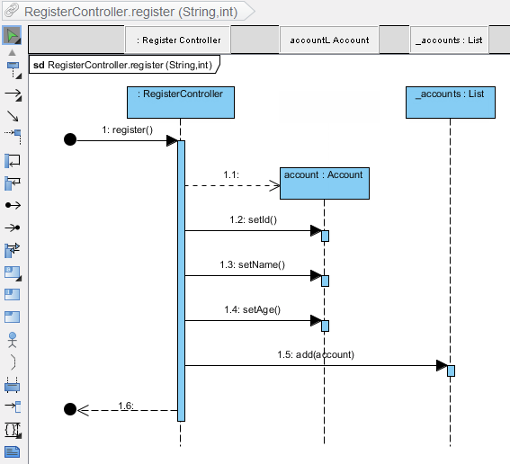
- #Network sequence diagram registration#
- #Network sequence diagram software#
- #Network sequence diagram password#
- #Network sequence diagram windows#
The Cloud Computing Diagrams Solution is incredibly helpful for easy drawing Cloud computing diagrams and Sequence diagram for cloud computing.
#Network sequence diagram software#
The ConceptDraw DIAGRAM diagramming and vector drawing software enhanced with Cloud Computing Diagrams solution from the Computers and Network area of ConceptDraw Solution Park will help you design all desired types of diagrams related with cloud computing.Įxample 1. Owing to their clarity and clearness, the Sequence diagrams have a wide range of applications, including creation the Sequence diagram for Cloud computing as you will see on this page. The objects are represented on the Sequence diagram as the parallel vertical lines - lifelines, and the messages - as horizontal arrows in the order in which the interactions between objects occur. The Sequence diagram depicts the objects and interactions between them, and also messages exchanged these objects.

You may prefer to focus on the more difficult interactions and the less obvious ones between boundaries and controls) and not loose too much time for very trivial ones.One of the ways effectively visualize what is a Cloud computing or Cloud computing architecture, is to create the Sequence diagram for Cloud computing.

Then, in a separate step you can design in UML the interaction between classes involved. This will facilitate discussion with more stakeholders and allow to show much faster the interaction between user-interface elements and the actor. It's like typeing text with a hammer on the keyboard: a very simple UI design like here looks terribly complicated in UML.ĭesign the big picture of the user journey using wireframes, storyboards, or a combination of several techniques and easy-to-understand user flows. UML is great! But it's the wrong tool for UI design.
#Network sequence diagram password#

#Network sequence diagram registration#
Finally, if Registration and AppDashBoard are UI elements, it would be helpful to distinguish them from other elements that are not visible to the user.

In your case this is a minor issue, since we can easily find out that it should be the account database. ) shall cover the lifeline that should react first, as explained here.
#Network sequence diagram windows#
Does this mean that your system just tells the user that he/she should go to AppDashBoard ? In fact, does the actor do anything with the message at all: isn't it your system that will display another windows or another page regardless of what the user is doing? You have to avoid this.


 0 kommentar(er)
0 kommentar(er)
